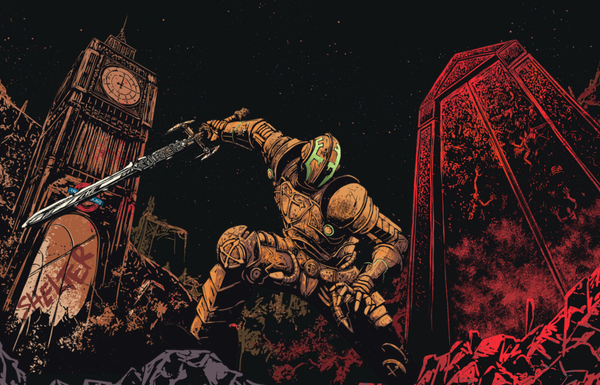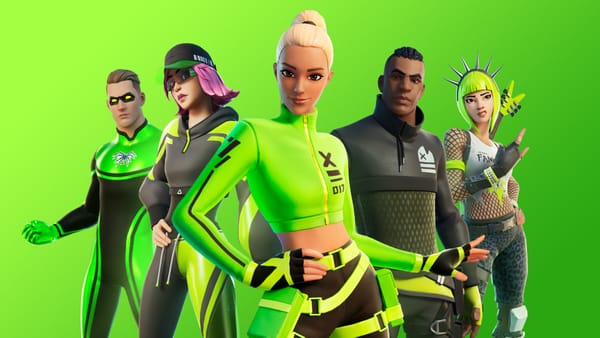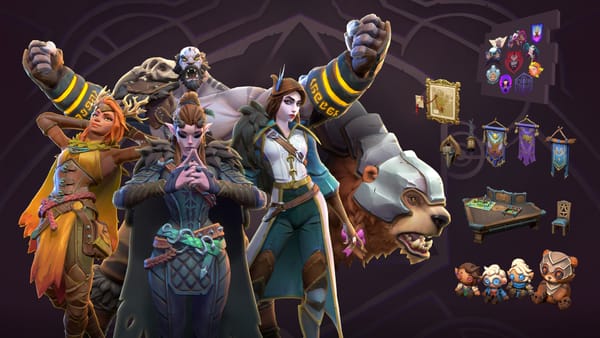Are the downsides of digital distribution becoming harder to live with?
Has the degradation of digital storefronts reached a tipping point?
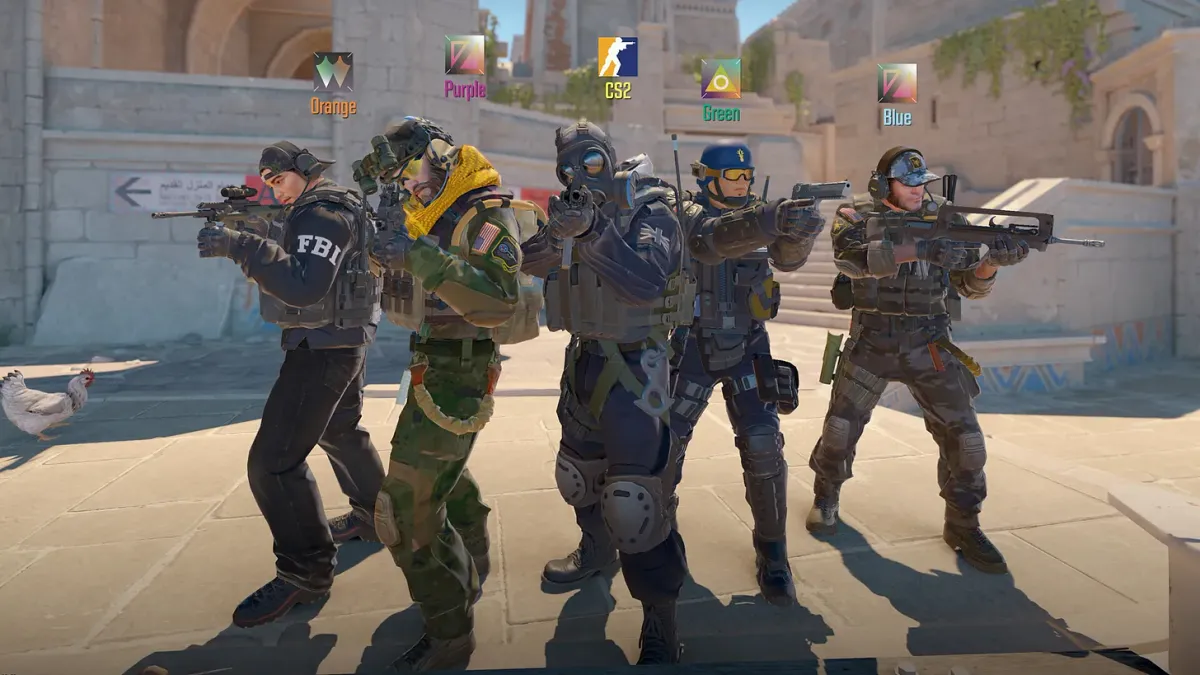
Has the degradation of digital storefronts reached a tipping point?
My guest for this week’s issue of Multiplier is Lachlan Williams. Once upon a time, Lachlan was the editor of The Escapist. These days, you can find them on Bluesky and their words about video games over on Medium.
Fergus: Over the past twenty years, the way that people find and buy video games has changed pretty significantly. Not only are most games more expensive to begin with, they’re also monetised in ways that go well beyond the sticker price and predominantly sold through digital storefronts like Steam rather than via retailers.
While this shift has brought with it some gains in conveniences and availability, it’s far from a utopian alternative to the brick-and-mortar days of old. Despite numerous challenges, Steam’s monopoly on PC gaming remains more-or-less intact, even as the platform faces ongoing controversy around the way it handles games with sexual content and discoverability. Digital storefronts have never been more important to the way that games are distributed. At the same time, it feels like this arrangement has never been more fraught.

Lachlan: Yeah, I think there are huge flaws with digital distribution that offset the unquestionable convenience the sales model offers, and I think most of them stem from monopolisation. Steam is pretty much a monopoly in the digital PC game space. Sure, Epic and GOG are nibbling around the edges, but Steam is the uncontested main player. And, while Steam isn’t “evil”, it’s still a monopoly, and its very existence as such is a huge problem. Monopolies rarely have any drive to improve, and the weaknesses of Steam as a storefront are getting more and more glaring. I think the biggest issue for consumers, and developers, is probably discoverability right now, and it’s an issue that’s only getting worse.
While Steam’s algorithms do an admirable job of clearing away most of the dreck, it still sometimes feels like I have to wade through dozens of AI generated scam hentai games to find anything worthwhile anymore. I’m not anti-hentai or anti-porn game — far from it. I object to poorly made mass-production AI-porn-delivery machines getting shilled off for a quick profit en masse, and the inability of storefronts to sufficiently and consistently apply moderation standards, leading to a market flood that hides less cynical creations. Steam’s curator program is a good, crowdsourced attempt at a solution. But when there are fifty or more games releasing every single day on Steam, it’s really difficult to find the gems. I get that it seems a little silly to complain about having too many games to choose from. And it kind of is, since nobody is forcing me to buy things I don’t want to. But I keep thinking of all those amazing indie games that keep getting lost in the deluge of scammy crap.
PSN and Nintendo’s eShop are also following the pitfalls of Steam, to a lesser or greater extent. PSN isn’t too bad, since they seemingly have a higher bar that keeps a lot of the worst trash off the platform, but it still has a problem. Nintendo’s eShop, however, is just really bad. While a lot of the worst offenders don’t get through, Nintendo’s problem is more one of UI. Nintendo, in their infinite wisdom, just refuse to curate their releases in any meaningful way. Games go up on their store in order of release. And if a dozen AI hentai games get released in a week, then that’s what you have to navigate past to get to an actual video game. It’s frustrating, especially considering the effort put into releasing an actual video game that isn’t a blatant scam.
What I think the core of the issue is, is curation. Steam, Nintendo, and the other storefronts and platform-holders need to be more hands-on with their curation. I get that it’s difficult. I really do. There are just so many games right now! I remember the pre-Steam Greenlight days, where the chances of a tiny indie developer getting picked up for sale on Steam were vanishingly slim. And I remember the Greenlight program which... uhh... yeah... But the combination of low bar to entry (which is good!), lack of oversight from storefronts, and let-it-rip approach has led to a bad user experience all around. And I think storefronts need to reckon with that reality.
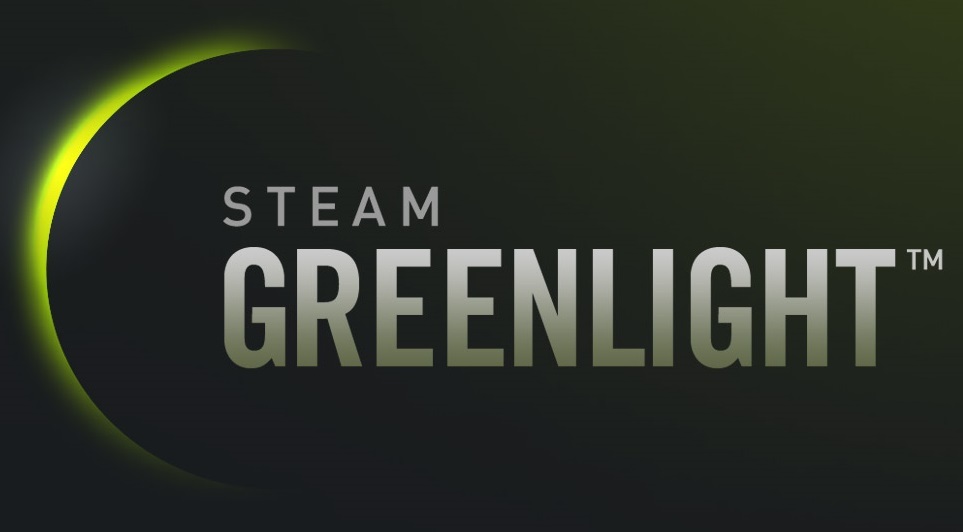
Fergus: Ah, Greenlight. There’s a name I haven’t heard in a while. I totally agree though. Having too many games coming out every day sounds like a pretty low-stakes or first world problem. However, at the same time, there’s something about that dynamic that rhymes with the infamous 1983 video game crash.
Way back when, a flood of low quality games and a lack of publishers exercising control served to tilt the entire video game industry off balance. I think it’s too early to say that history is going to repeat itself but the similarities are definitely there.
Of course, there are plenty of differences between now and then as well. Back in 1983, the entire video game industry was underpinned by the logistics involved with the movement and production of physical cartridges. The shift to digital has largely removed the constraints of that supply chain. The fact that the absence of that gravity has led to consumers being saturated by choice is a pretty predictable outcome. Likewise, and regardless of how you color Valve’s stewardship of Steam, the fact that the company maintains a pseudo-monopoly on PC gaming remains a problem because of how it warps the rest of the industry around it.
As with the web-based media and SEO, it’s hard to begrudge anyone from trying their luck at a game that’s rigged against them. The payoff associated with successfully doing so can be make-or-break for most new releases and even if it’s become harder and harder for a game to stick around on the Steam front-page nowadays, it often feels like there’s nowhere else to go.

Lachlan: I feel like Greenlight was an overly optimistic solution that underestimated the sheer amount of games it’d have to deal with. It’s a great idea in theory, but it just couldn’t keep up. And then the dam burst and now we have, well, what we have.
I think it goes hand-in-hand with the move away from physical releases. Physical is the more curated storefront, with the higher price of entry for developers limiting who is putting their disks on shelves. It’s mostly large publishers doing physical releases these days, with the occasional larger, buzzy indie game via a service like Limited Run.
Gone are the days of DS shovelware carts in sales bins. I don’t think it’s particularly prophetic to say that physical game sales are dying and will be phased out in the near future. We’ve already had a big move towards that by Sony and Xbox with their digital only consoles. I think it’s a shame, honestly. While some of the business practices of physical stores are questionable, they offer an important connection between game makers and the broader casual market. It’s also a huge hit for game preservation. On top of that, it’s a way for platform holders to tighten their monopolies over storefronts and increase profit margins. I don’t trust Sony and Xbox to be consumer-minded, especially in light of the recent changes to Game Pass pricing.
While there are more games releasing than ever before, it feels like the only way for small games to get traction these days is to go viral. That isn’t a sustainable business or marketing model for anyone. It’s volatile and unpredictable and, hugely, down to luck. Standing out in that crowded market is a huge challenge — one that storefronts have made worse with their lack of oversight.
And do not get me started on video game media coverage and the SEO circus from a media perspective. Or do, if you want a whole rant. I can do that now, I’m retired.

